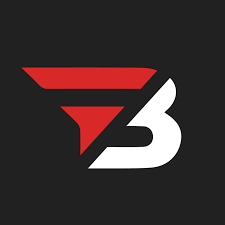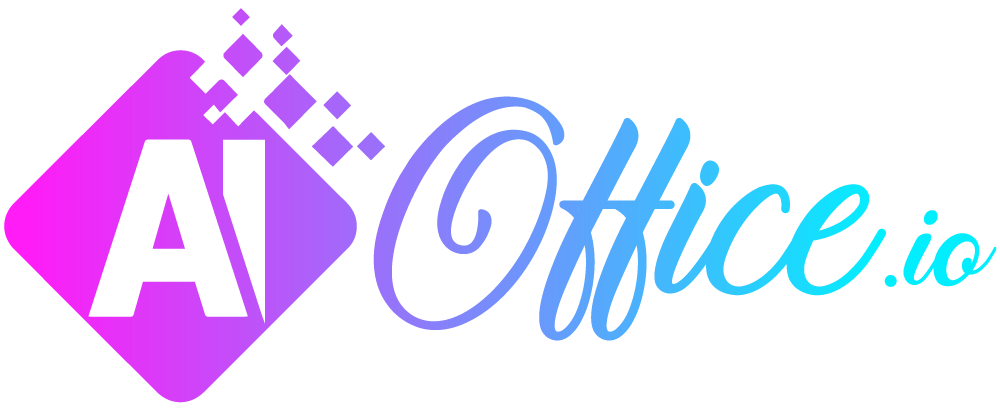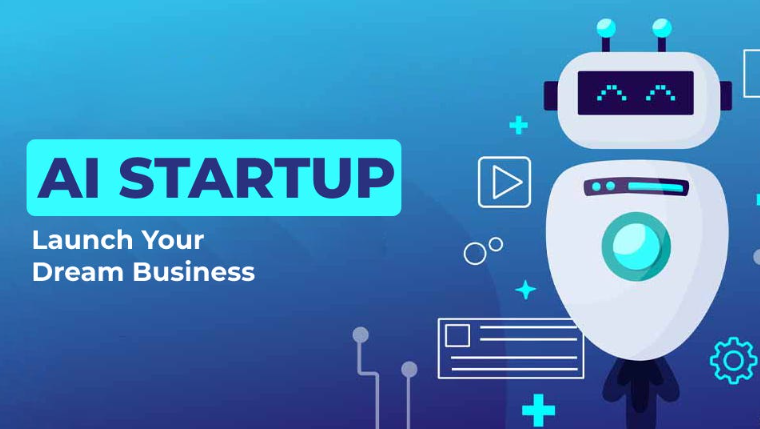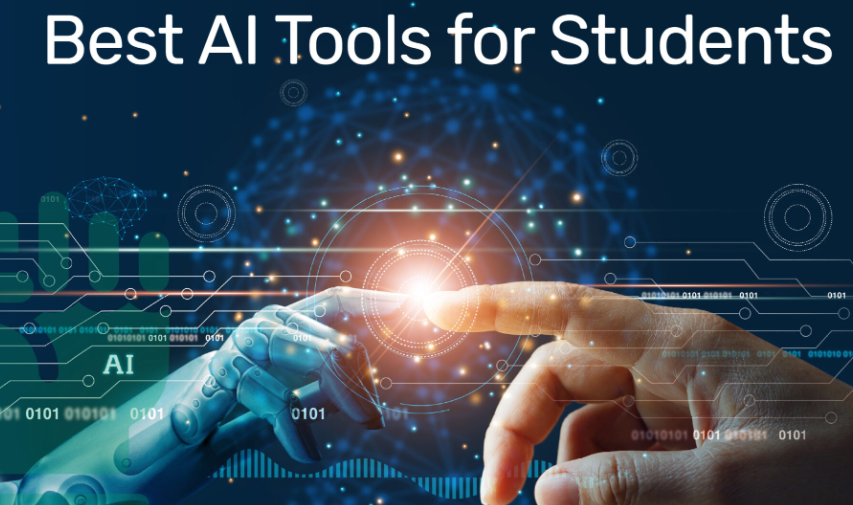Shadow AI: Risks, Difficulties & How to Manage

Admin
AI Research Analyst | 20 February 2025Table of Content












AI shadow refers to the use of unapproved AI tools. It means that individuals use AI tools within an organization without the knowledge or permission of the IT support team or their specific department. AI tools can significantly ease work processes and greatly reduce the workload on employees, which is why they are used.
However, neither the IT team, the specific department, nor the organization as a whole is aware of this usage. But what are the challenges and risks ko ai shadow? How can the company overcome those challenges? Let's discuss them in this article.
Risks Of Shadow AI
Security Risk
Before discussing security issues, if any employee enters sensitive data to access a tool, that data can be streamed to an unauthorized website, and maybe that website could sell the data or use it improperly.
For example, if a tool requires an email and password to access it, the employee may access it using the company's email, which might contain important data that could be lost.
Compliance Law & Legal Risks
There are many industries with strict policies regarding how data is to be treated. For example, a sales team may be inclined to utilize an AI tool to analyze customer discussions, but if it is not GDPR or CCPA-compliant, the company may end up paying substantial fines and reputation loss.
Fair and Balanced AI
Unofficial AI tools could make unfair decisions to some people. Suppose a manager uses an unauthorized AI tool to sift through job applications; it could unfairly favor some candidates based on unconscious biases in its programming. Businesses must thoroughly test AI systems to make sure they treat all people equally.
Keeping Systems in Order
When each team utilizes a different AI solution without communication, it becomes confusing. For example, if the marketing team is utilizing one AI solution for customer analysis and the sales team another, they may receive contradictory insights. It results in wasted resources and time.
Benefits Of Shadow AI
Fast Working
If employees get a tool that allows them to work immediately, they use it because sometimes they don't get prompt approval from the company or IT team, which increases their workload and delays their work.
For example, if we take the marketing team, if they find a tool that allows them to create posts instantly, they will use it rather than falling behind.
Test New Tools
It helps employees try new ideas. For example, if an employee discovers a tool that makes their customer happier, meaning the customer feels human emotions more positively, then this will be a type of experiment that will also benefit the company significantly.
Taking Control
When workers decide on their own AI tools, they are in control of the work. A designer can come across an AI tool that matches their workflow very well, increasing their work pace and quality. This autonomy gives individuals a higher level of joy in work as well as improves solutions.
Perfect Fit Solutions
There is no guarantee that company software will solve a particular problem. When individuals work with non-approved AI, they can find exactly what they need. An example of a research group learning about an AI software package analyzing scientific information precisely the way they require it, but it is not official software.
Remaining Ahead of Other People
Using new AI tools early helps businesses outperform the competition. When a sales team uses an AI tool to better understand customer needs, they can win more business before competitors catch up. In today's competitive business world, that early advantage can make the difference between success and failure.
Real Benefits in Action
Consider a female customer support representative. She discovered an AI application that assists her in composing improved emails to customers. Rather than waiting for the firm to approve a formal tool, she began utilizing it immediately. Her customer satisfaction ratings increased, and she completed her tasks quicker. This is the type of real-world advantage that unofficial AI can deliver.
How a Business Can Manage Shadow AI
|
How to Manage |
Guide |
|
Set Clear Instruction |
Shadow AI tools are not harmful if used with proper guidelines. For example, if an employee uses these tools solely for email writing or image generation, it can be beneficial. However, if an employee uses them to handle customer data, it can be detrimental. Each employee is responsible for understanding the purposes for which they should use these tools. |
|
Create a Group |
There should be a group of employees where anyone who finds a helpful tool can share it. This way, others can also learn if the tool is useful, and other employees can benefit from it as well. Additionally, it will remain on the radar of the IT team. |
|
Provide company-approved AI tools |
Provide workers with AI tools they truly need. If workers are utilizing unofficial translation software, perhaps the time has come to obtain a company-approved translation AI. If you provide people with good tools, they won't go seeking elsewhere. |
|
Easy Safety |
Employees should not be completely discouraged from using tools; instead, guide them on the easiest ways to use the tools properly and to check whether they are safe or not. |
|
Train Your Team |
Even non-technical people can use AI tools; however, many people are unaware of their advantages and disadvantages. Analyze AI's benefits and drawbacks with your team. |
|
Monitoring |
Keep monitoring your team to see which AI tools they are using. This does not mean that you should catch them doing something wrong or degrade anyone. This helps companies understand what their employees need. |
|
Create a Good Environment |
Create an environment where no one is afraid to use any AI tool; rather, if an employee is using an AI tool, they should share information about that tool with everyone. This way, this issue can be resolved. |
|
Make It Official |
When you find unofficial AI tools that work well and are safe, make them official. This way, everyone can benefit from good discoveries while staying secure. |
|
Flexibility |
Keep updating your approach as AI changes. What works today might need adjustment tomorrow. Stay open to new ideas and keep talking with your team about what they need. |
What Is The Future Of Shadow AI?
The upcoming Shadow AI generation will be more advanced than expected and more difficult to locate than predicted. People now use cloud-based AI tools through API connections instead of the previous simple API structures. Workers will start deploying small AI models that run independently on their devices, reducing their effectiveness. AI Mesh Networks will establish informal systems of employee AI tool sharing through local collaboration according to principles observed in open-source communities.
A new organizational challenge may appear in the form of extensive shadow AI systems, which will replace individual shadow implementations. The implementation of AI governance within DevSecOps operations could drive people to adopt shadow AI systems more rapidly.
Official AI deployment is slow, leading staff to use unsafe unauthorized systems for quick results. Hybrid Shadow AI systems, running licensed AI tools beyond their design, will become a serious threat. Sanctioned AI platforms receive unauthorized data from employees using them for unapproved tasks, creating risks that traditional monitoring software cannot identify.
Final Words
Organizations need to approach Shadow AI risks through measures other than prohibition because Shadow AI cannot be fully eliminated. Developing a clear policy and providing authorized AI tools are important for open communication about AI adoption when managing employee needs. By leveraging Shadow AI challenges, organizations can implement AI innovatively and securely.


